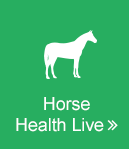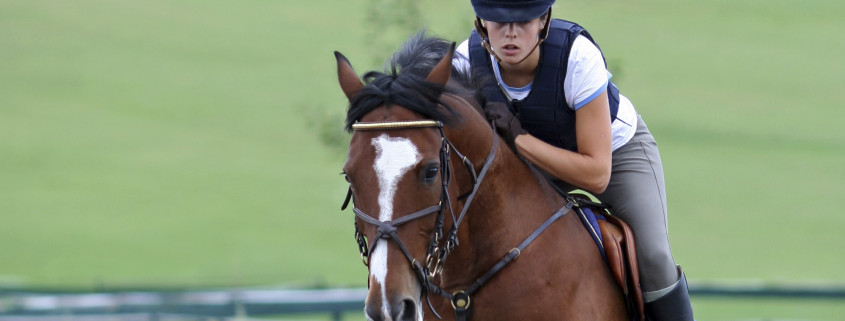Horse Behavior
Horses have been living with people for about 5000 years, which is a relatively short period of time when talking about evolution. In contrast, dogs have been domesticated for 30,000 years and there is evidence suggesting the relationship goes back even further. Most equestrians would say that riding on the back of a horse feels more at home to them than walking on their own two feet, but we need to remember that earning the trust of a thousand pound animal, riding on their backs and asking them to do work for us is not natural for any animal. Horses require patience, repetition and positive reinforcement for successful training. As natural herd animals, they look to their leader for guidance and you are their leader. Horses are herbivores which, in the wild, makes them prey animals. Their instinct to flee in the face of danger can make working with horses very challenging. It is easy to get complacent when working with a trusty horse that you have known and loved for years, but it is important to always be alert because a horse’s nature is to protect themselves whether the mysterious object in the distance is a lion or just a bush.
As the relationship between human and horse evolved, people began finding more uses for them including hunting, herding, pulling and battle. New breeds were created by selecting horses that were especially suited for different tasks. Today horse breeds have become very specialized so it is important to consider what type of traits you are looking for when buying or leasing a horse. Talk to the breeder or trainer to select a horse with the appropriate energy level, physical capabilities and personality to suit your lifestyle.
Studies
Pawing by Standardbred racehorses: frequency and patterns.
How accurate are we at assessing others’ well-being? The example of welfare assessment in horses.
Patterns of horse-rider coordination during endurance race: a dynamical system approach.
Prevalence of and risk factors for colic in horses that display crib-biting behavior.
Testing VHF/GPS collar design and safety in the study of free-roaming horses.
Keeping your eye on the rail: gaze behavior of horse riders approaching a jump.


